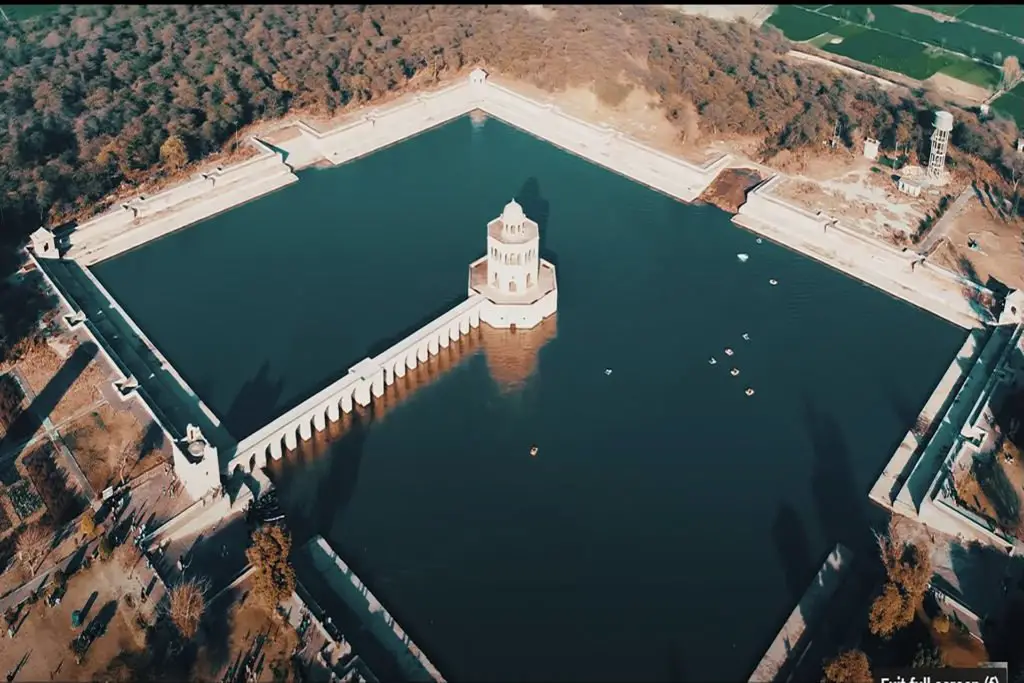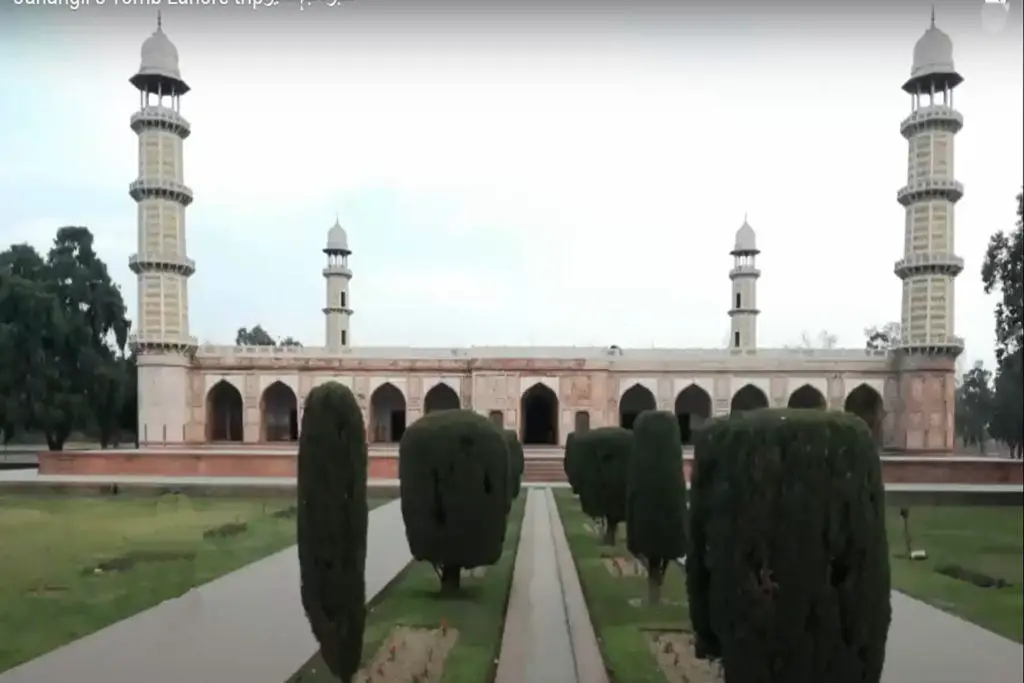Soonda Graveyard is a historic cemetery located in the small town of Sonda, situated in the southern province of Sindh, Pakistan. This cemetery is considered one of the most significant funerary monuments in Pakistan, primarily because of its unique architectural and historical significance which resembles Chowkandi Tombs.
Soonda Graveyard Location
Sonda Graveyard is located around 22 km from Thatta City, 75 km from Hyderabad, and 97 km from Karachi Pakistan.
History of Soonda Graveyard
The cemetery is believed to date back to the 17th century, during the reign of the Mughal Emperor Aurangzeb. It is said that the cemetery was constructed by the emperor’s governor in the region, who is also buried at the site. The cemetery served as the final resting place for members of the local aristocracy, including rulers, scholars, and poets.
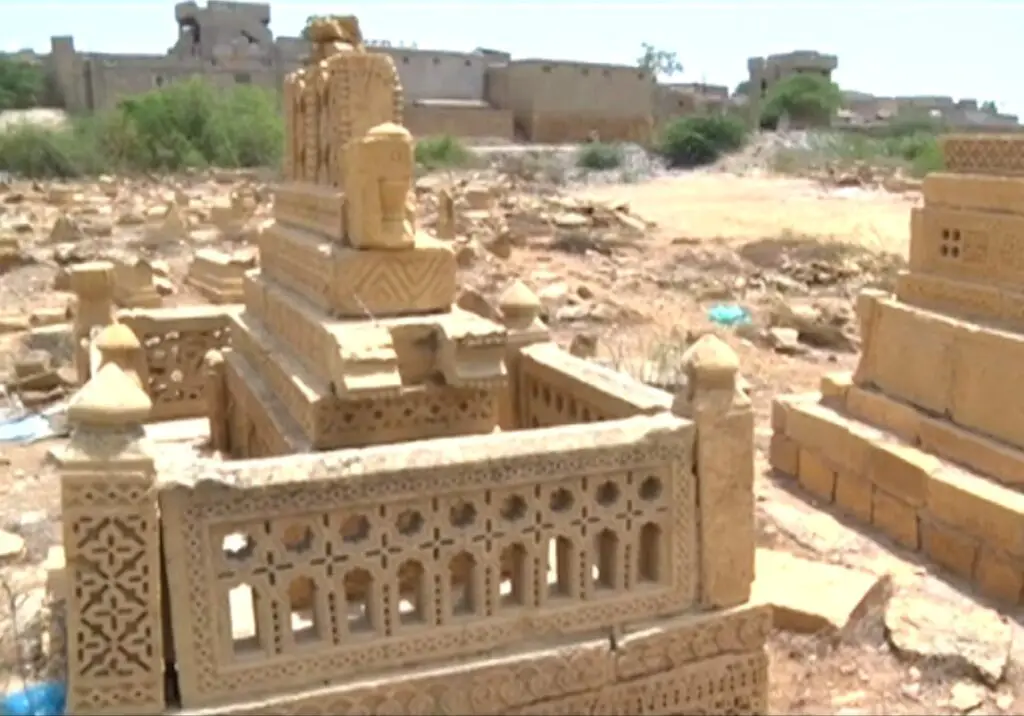
The cemetery’s most distinctive feature is its elaborate funerary architecture, which is a blend of Islamic, Persian, and Indian architectural styles. The tombs and mausoleums at the site are adorned with intricate carvings, calligraphy, and tile work, which are a testament to the artistic and architectural prowess of the Mughal era.
The cemetery contains several tombs and mausoleums, each with its unique architectural style and historical significance. The most prominent tombs include the tomb of Mirza Ali Behram, the governor who is believed to have founded the cemetery, and the tombs of local rulers and scholars. The tombs feature ornate facades, intricate domes, and minarets, which provide an excellent view of the surrounding area.
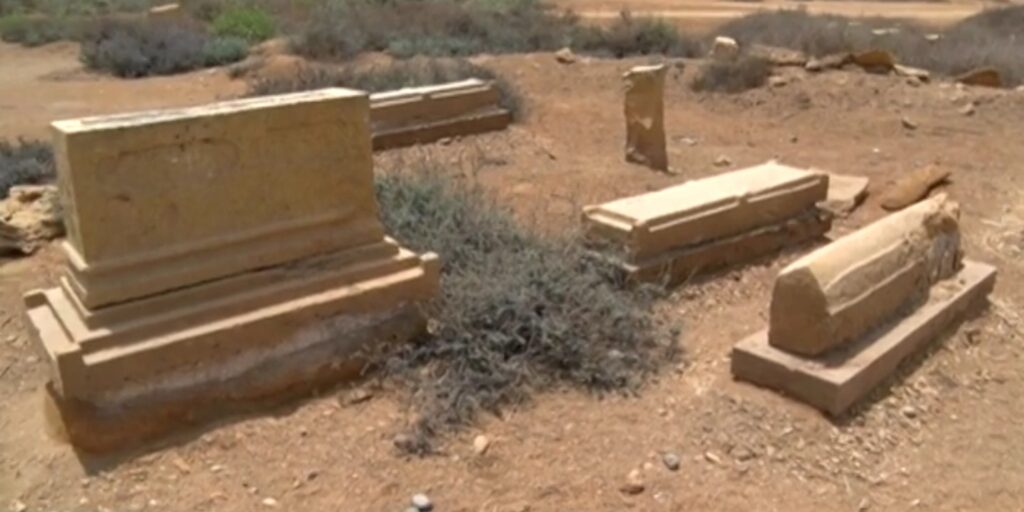
Restoration & Conservation of Soonda Graveyard Thatta
The Soonda graveyard is now an ancient and crumbling burial ground that bears a resemblance to the yellow sandstone structures of Chowkandi. Although not much is known about its history, the graveyard continues to attract a steady stream of visitors.
Unfortunately, this site has suffered damage over time due to natural and human hazards, such as floods and heavy rain. Additionally, influential individuals have taken advantage of the situation by exploiting the graveyard. They have been known to remove broken stone slabs from the graves and exchange them as gifts or utilize them as decorative pieces in private homes. Such actions contribute to the further deterioration and loss of historical and cultural heritage.
To address these issues and preserve the significance of the Soonda graveyard, several steps can be taken. First and foremost, it is crucial to establish a boundary wall around the graveyard. This would not only provide a physical barrier for protection but also signify the significance and sanctity of the site.
Furthermore, considering the interest of visitors, it would be beneficial to create a small museum within the vicinity of the graveyard. This museum could provide valuable information about the history, cultural context, and significance of the graveyard to visitors. It could display artifacts, photographs, and documents related to the site, helping educate visitors about its importance and encouraging responsible tourism.
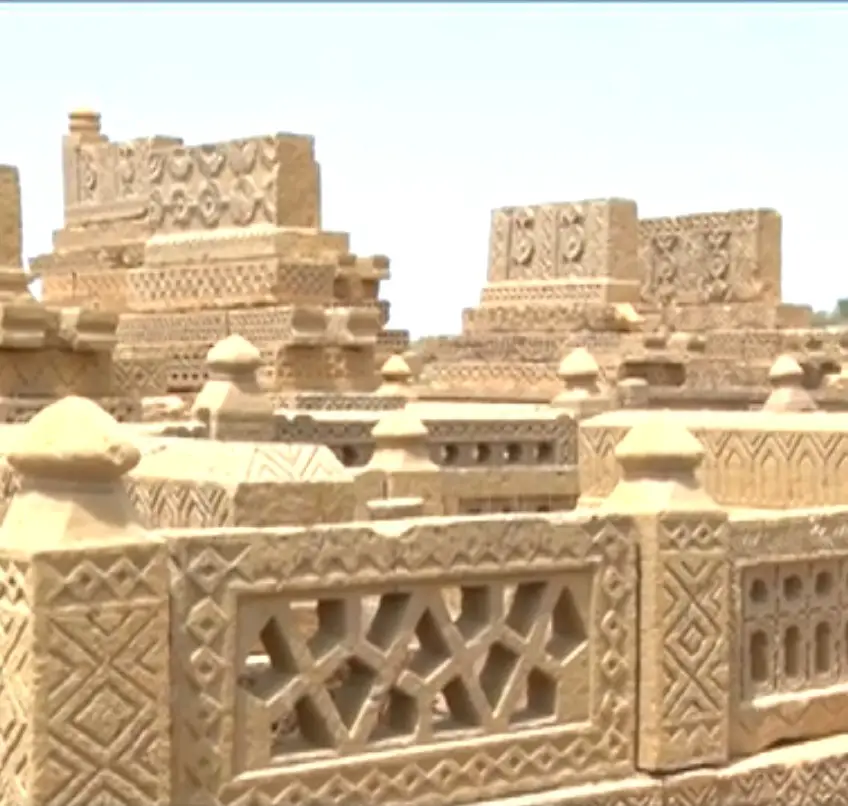
The establishment of a museum would not only enhance visitors’ experience but also contribute to the preservation and documentation of the graveyard’s history. It would create awareness about the need for conservation and discourage the exploitation of the site.
It is important to involve relevant authorities, local communities, and heritage organizations in these efforts. Collaboration can help secure funding, expertise, and support to carry out the necessary restoration work, construct the boundary wall, and establish the museum.
By taking these measures, the Soonda graveyard can be safeguarded from further damage, and its historical and cultural value can be preserved for future generations.





